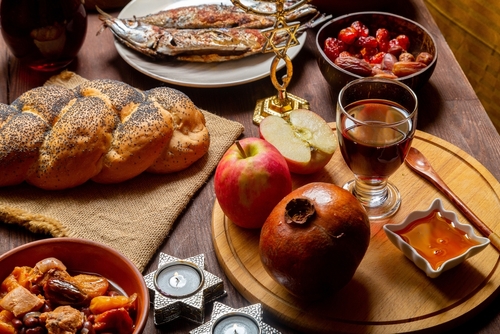Rosh Hashanah marks the beginning of the Jewish New Year and stands as one of the most significant holidays in the Jewish calendar. For families around the world, this sacred time brings together ancient traditions, meaningful prayers, and festive meals that strengthen bonds across generations.
Whether you’re preparing to celebrate with loved ones or simply want to understand this important holiday, knowing the key details about Rosh Hashanah 2025 helps you plan ahead and participate meaningfully. This guide covers everything you need to know about when Rosh Hashanah occurs, how it’s celebrated, and ways to honor this special time.
The holiday offers a time for reflection, renewal, and connection with family and community. Understanding its customs and significance can deepen your appreciation for this beautiful tradition.
When is Rosh Hashanah 2025?
Rosh Hashanah 2025 begins at sundown on Monday, September 15, and ends at sundown on Wednesday, September 17. The holiday spans two days, following the Jewish calendar system where days begin at sunset rather than midnight.
The Jewish calendar operates on a lunar system, which means Rosh Hashanah dates shift from year to year on the Gregorian calendar. The holiday always falls on the first and second days of Tishrei, the seventh month in the Jewish calendar.
For those planning celebrations or taking time off work, mark these dates on your calendar early. Many Jewish communities begin preparations weeks in advance, organizing special services, family gatherings, and traditional meal planning.
The Meaning Behind Rosh Hashanah
Rosh Hashanah translates to “head of the year” in Hebrew, signifying the start of the Jewish New Year. This holiday carries deep spiritual meaning beyond simply marking a new calendar year.
The celebration represents a time of judgment when Jewish tradition teaches that God reviews the deeds of all people from the past year. This period initiates the Ten Days of Repentance, which conclude with Yom Kippur, the Day of Atonement.
During these sacred days, people engage in self-reflection, seek forgiveness for wrongdoings, and make commitments to personal growth and spiritual improvement. The holiday emphasizes themes of renewal, responsibility, and hope for the coming year.
Traditional Rosh Hashanah Customs and Rituals
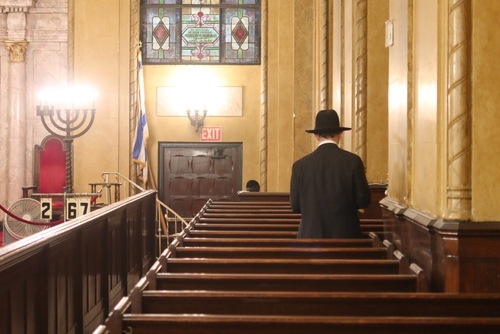
Synagogue Services and Prayers
Special prayer services take place in synagogues worldwide during Rosh Hashanah. These services include unique liturgy, extended prayers, and the reading of specific Torah portions that relate to themes of creation, divine judgment, and renewal.
The Musaf service features the sounding of the shofar, a ram’s horn that produces distinctive calls. The shofar blasts serve as a spiritual wake-up call, urging people to examine their actions and return to righteous living.
Many congregations hold outdoor services or extend their usual worship times to accommodate the special prayers and readings that mark this holy time.
The Shofar Ceremony

The shofar holds central importance in Rosh Hashanah observances. This ancient instrument, typically made from a ram’s horn, produces four distinct sounds that carry spiritual significance.
The tekiah produces a long, straight blast. The shevarim creates three shorter broken sounds. The teruah generates nine quick staccato notes. Finally, the tekiah gedolah delivers an extended blast that concludes the ceremony.
Jewish tradition requires hearing 100 shofar blasts during Rosh Hashanah services, though many communities exceed this minimum. The sounds remind listeners of their spiritual obligations and call them to repentance and renewal.
Festive Foods and Their Symbolic Meanings
Apples and Honey
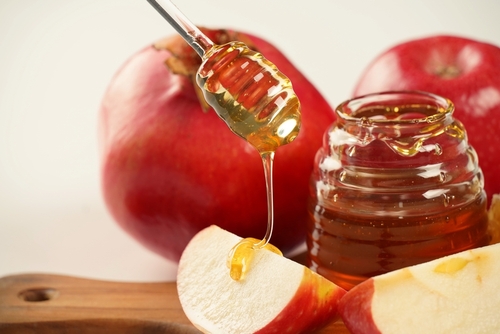
The most recognizable Rosh Hashanah tradition involves dipping apple slices in honey while reciting blessings for a sweet new year. This simple ritual carries profound meaning, expressing hopes that the coming year will bring sweetness, joy, and good fortune.
Families often prepare honey cakes, honey cookies, and other sweet treats to reinforce this theme throughout their celebrations. The sweetness serves as both a literal taste experience and a symbolic prayer for future happiness.
Children especially enjoy this tradition, making it an excellent way to involve younger family members in meaningful holiday customs.
Challah Bread
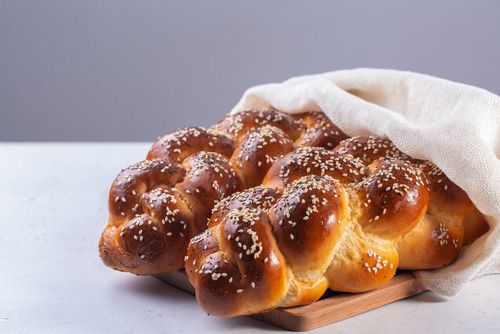
Rosh Hashanah challah differs from regular Sabbath challah in both shape and preparation. Instead of the typical braided loaves, Rosh Hashanah challah is often formed into round shapes symbolizing the cyclical nature of the year and the crown of divine kingship.
Many families prepare challah with extra eggs and honey, creating a slightly sweeter bread that aligns with the holiday’s emphasis on sweetness. Some bakers shape their challah into spirals or add raisins for additional symbolism and flavor.
The round challah serves as a centerpiece for holiday meals, with family members sharing pieces after reciting the traditional blessings over bread.
Pomegranates and Other Symbolic Foods
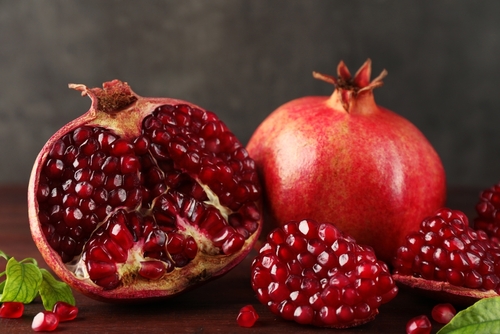
Pomegranates appear frequently on Rosh Hashanah tables because Jewish tradition teaches that they contain 613 seeds, corresponding to the 613 commandments in the Torah. Eating pomegranates expresses the hope that one’s good deeds in the coming year will be as numerous as the fruit’s seeds.
Fish heads or sheep heads sometimes grace holiday tables, symbolizing the desire to be “a head and not a tail” in the new year. Carrots, often prepared with honey, represent the wish for increased merit due to their Hebrew name’s similarity to the word for “increase.”
Dates, figs, and leeks also carry symbolic meanings and appear in various Rosh Hashanah recipes across different Jewish communities worldwide.
Planning Your Rosh Hashanah 2025 Celebration
Preparing Traditional Meals
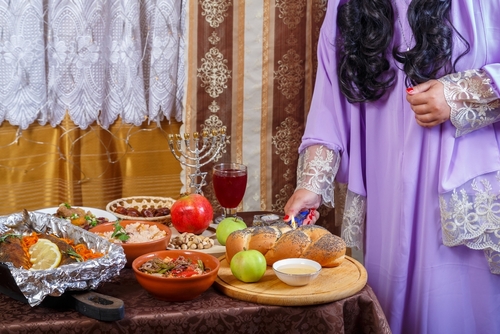
Start planning your Rosh Hashanah menu several weeks before the holiday arrives. Traditional recipes often require special ingredients that may need advance ordering, particularly if you don’t live near a well-stocked Jewish market.
Consider dietary restrictions of family members and guests when planning your menu. Many families prepare both meat and pareve (neutral) dishes to accommodate various eating preferences and kosher requirements.
Make shopping lists early and purchase non-perishable items in advance. Honey, dried fruits, wine, and specialty items can be bought weeks ahead, leaving only fresh ingredients for last-minute shopping.
Creating Meaningful Traditions
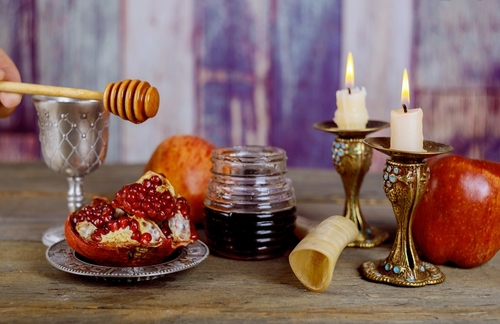
Establish family customs that will create lasting memories for children and strengthen connections between generations. Consider starting a family journal where each person writes their hopes and goals for the new year.
Some families create time capsules to open the following Rosh Hashanah, or take annual family photos in the same location to mark the passage of time. Others organize charitable activities or community service projects to emphasize the holiday’s themes of renewal and responsibility.
Simple traditions like sharing gratitude around the dinner table or reading special stories can become cherished family customs that children will carry forward to their own families.
Frequently Asked Questions
How long does Rosh Hashanah last?
Rosh Hashanah lasts for two days in most Jewish communities worldwide. However, some Reform Jewish communities observe only the first day of the holiday.
Can non-Jewish people participate in Rosh Hashanah celebrations?
Many Jewish families welcome non-Jewish friends and neighbors to join their Rosh Hashanah celebrations. If invited, participating respectfully shows appreciation for Jewish culture and strengthens community bonds.
What should I wear to Rosh Hashanah services?
Dress codes vary by synagogue and community, but generally, modest, respectful attire is appropriate. Many people wear their finest clothes to honor the significance of the holiday.
Is it appropriate to say “Happy New Year” during Rosh Hashanah?
Yes, wishing someone a happy new year is appropriate. The traditional Hebrew greeting is “Shanah Tovah,” which means “good year,” or “L’Shanah Tovah Tikatevu,” meaning “may you be inscribed for a good year.”
What’s the difference between Rosh Hashanah and Yom Kippur?
Rosh Hashanah begins the Ten Days of Repentance and focuses on renewal and hope for the coming year. Yom Kippur, which occurs 10 days later, is a day of fasting, atonement, and seeking forgiveness.
Embracing Renewal and Connection
Rosh Hashanah 2025 offers an opportunity to pause, reflect, and reconnect with what matters most in life. Whether you observe all traditional customs or adapt celebrations to fit your family’s needs, the holiday’s core messages of renewal, responsibility, and hope remain constant.
The beauty of Rosh Hashanah lies not only in its ancient traditions but also in its relevance to modern life. Taking time each year to evaluate personal growth, strengthen family bonds, and commit to positive changes benefits people of all backgrounds and beliefs.
As September 15, 2025 approaches, consider how you might incorporate elements of reflection and renewal into your own life, creating meaningful moments that will resonate throughout the coming year.
